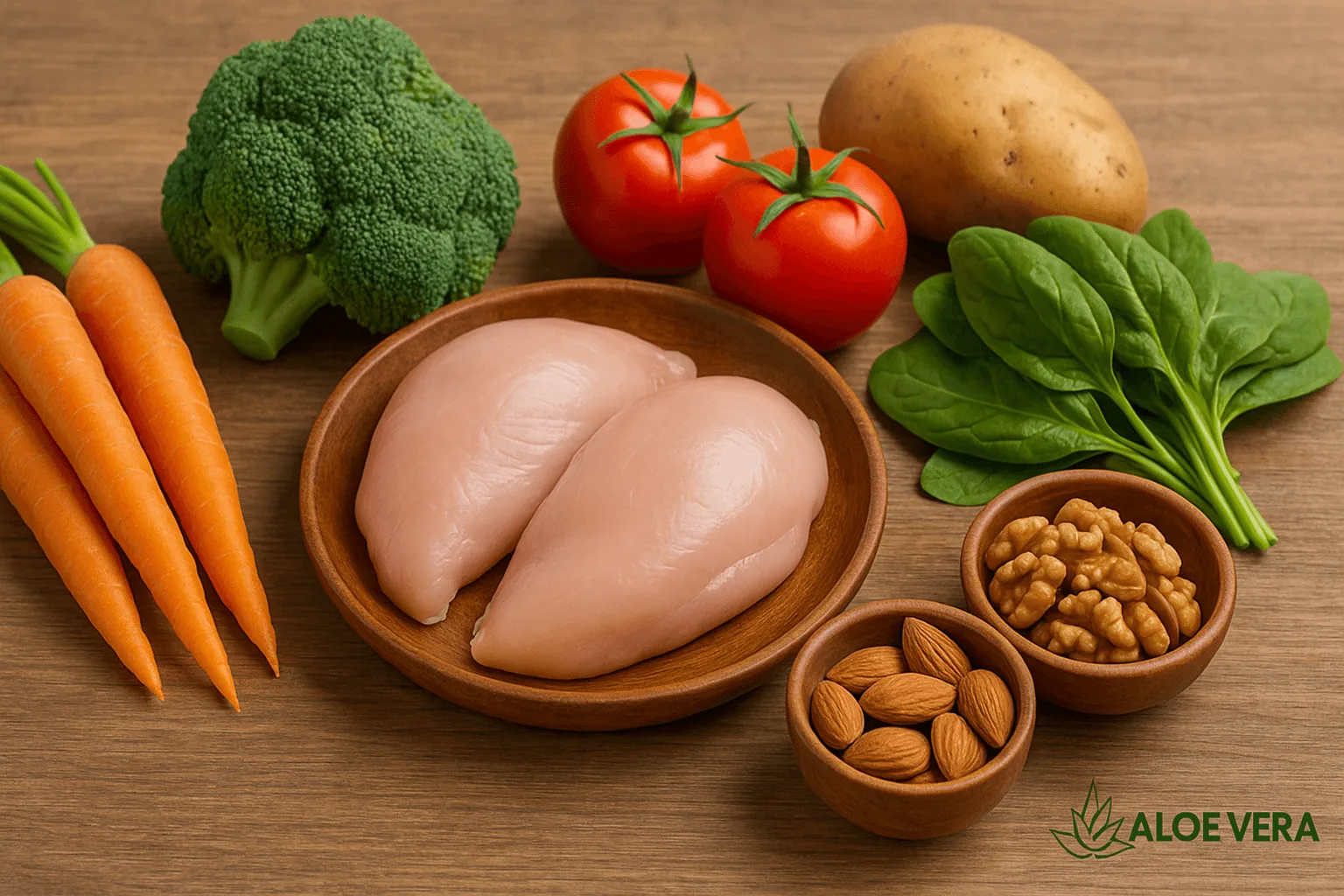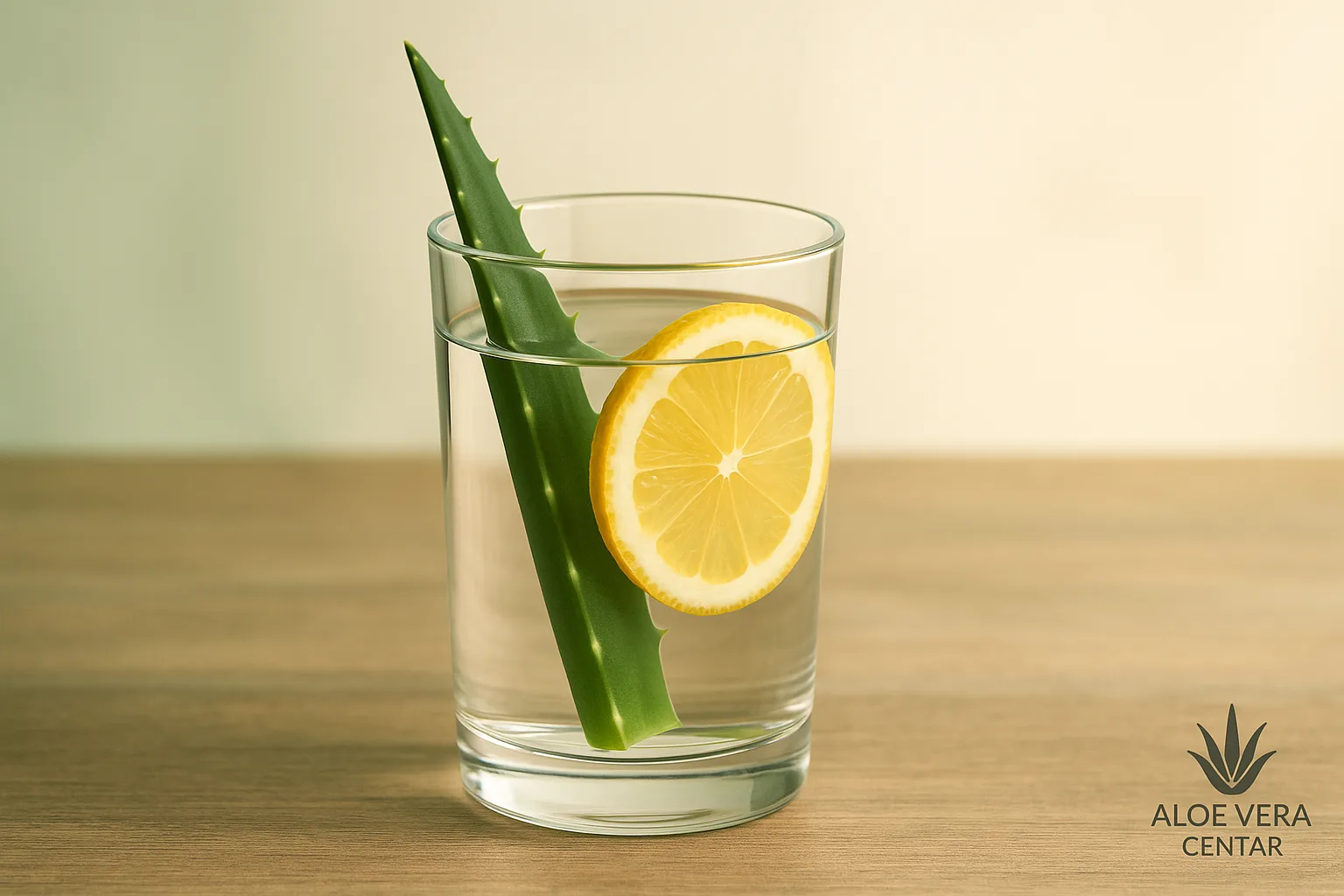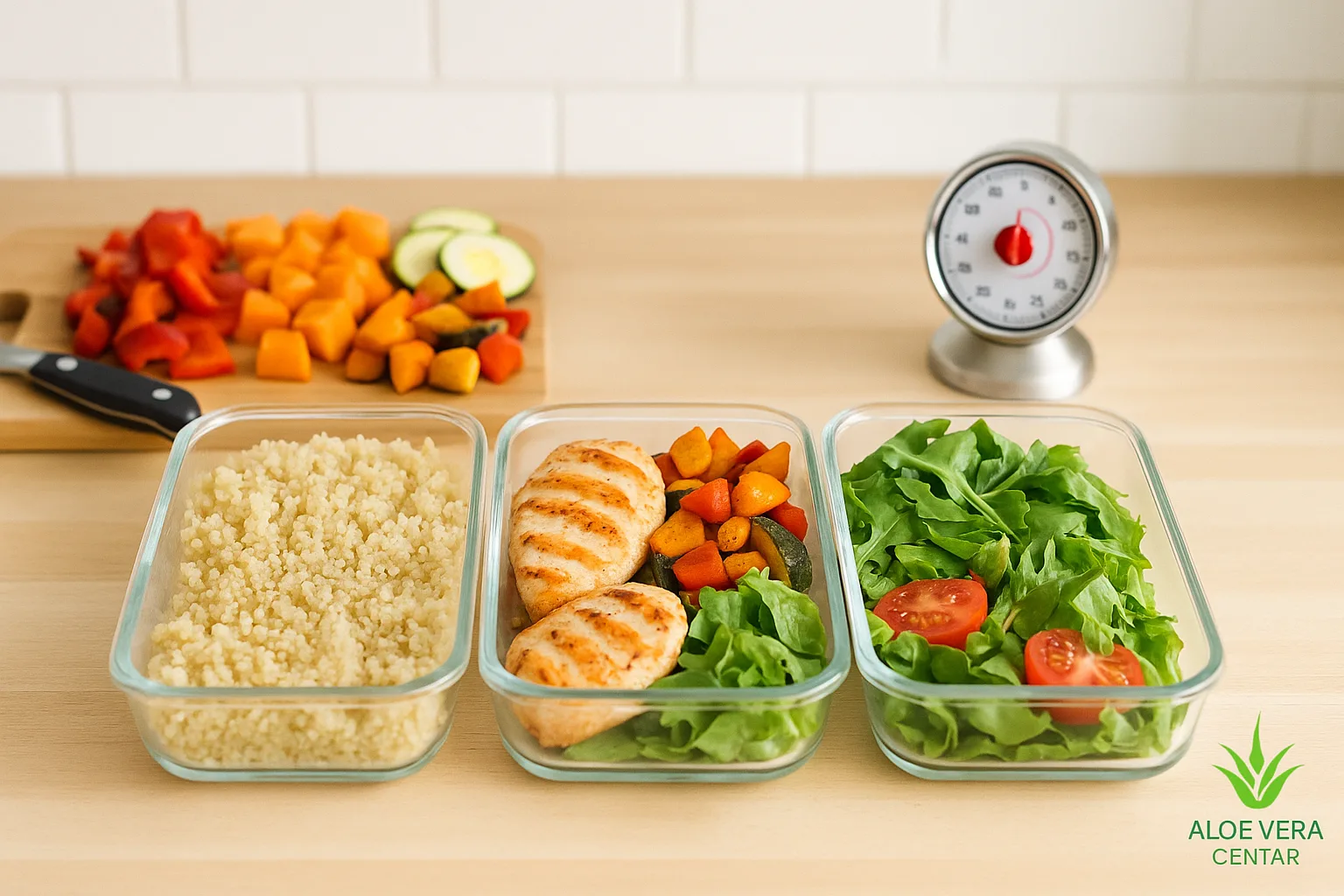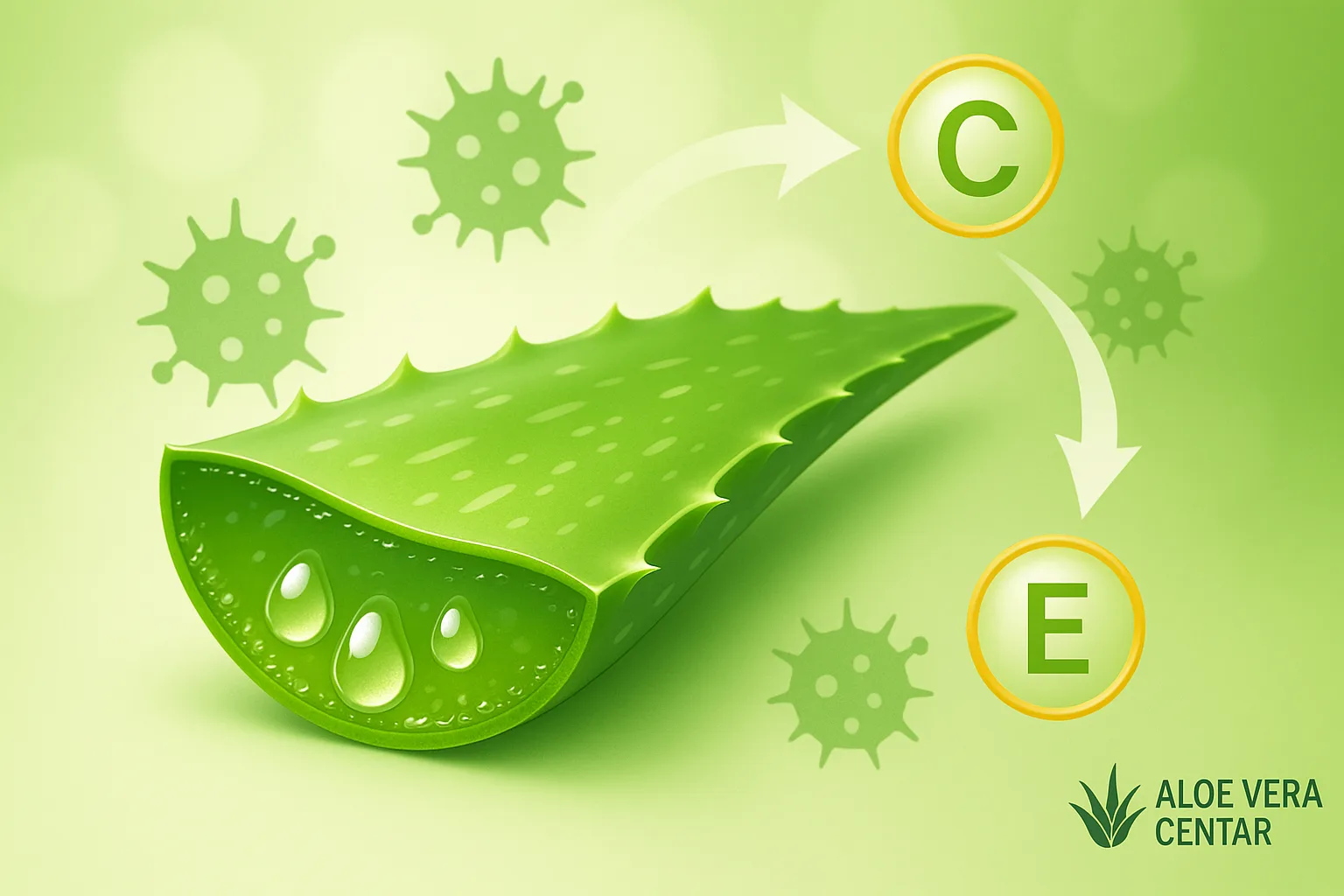
Paleo Diet: Return to Primal Nutrition for Better Health
Paleo Diet: Return to Primal Nutrition for Better Health
Have you ever wondered what the Paleo diet is really about? This eating style is based on returning to the dietary habits of our Paleolithic ancestors, when humans consumed only what they could hunt, gather, or pick in nature. Many find Paleo appealing because it shuns modern industrial products and processed foods, emphasizing whole, unprocessed ingredients instead. You might wonder why you’d want this? Keep reading to discover how the Paleo approach can bring you more energy, better digestion, and a level of vitality you may not have experienced before. We’ll explore the main principles, benefits and drawbacks, and provide practical advice for implementing this primal diet in modern life.
What is the Paleo Diet and why is it Special?
The Paleo diet, often called the “caveman diet,” advocates consuming foods available in their natural form: meat, fish, eggs, vegetables, fruits, nuts, and seeds. It generally avoids anything involving industrial processing, such as refined grains, sugars, and heavily processed plant oils.
The foundation of this idea is the assumption that human genes largely evolved during a period when such a diet was the only option. According to some authors, the human body is still “not ready” for modern foods that only appeared with the agricultural revolution, especially not for highly processed foods. While the scientific community is divided on how strictly such a regime should be followed (the Healthline article discusses variations and adaptations), many people report improved digestion, weight loss, and better energy levels when following it.
Basic Rules of the Paleo Diet
We won’t be literally returning to the Stone Age, but the fundamental principles are quite clear:
- Eat meat and fish: Preferably organic or wild-caught, without additives and nitrates.
- Focus on vegetables and fruits: As diverse as possible to get a wide spectrum of vitamins and minerals.
- Quality fats: Avocado, nuts, seeds, and cold-pressed oils.
- No grains or legumes: Paleo in its original form excludes wheat, rice, corn, soy, beans, and chickpeas.
- Limit dairy products: In the classic Paleo diet approach, milk and dairy products are generally omitted, except occasionally butter or fermented products.
The basic idea is to reduce intake of refined sugars and processed products while increasing consumption of whole, unprocessed foods rich in micronutrients. The result is a diet that often leads to more stable blood sugar levels, less hunger, and greater satiety.
Who Can Benefit from the Paleo Diet?
You might be wondering: “Is Paleo only for those who want to lose weight?” The answer is: not necessarily. While many turn to this diet for weight control, Paleo offers other potential benefits. Here are several groups who might benefit from the Paleo approach:
- People with sensitive digestion: Eliminating grains and processed sugars often alleviates bloating and uncomfortable digestive symptoms.
- Athletes and active individuals: Increased protein intake from meat, fish, and eggs can support muscle recovery after exercise.
- People seeking a more natural diet: If you’re inclined toward minimally processed foods, Paleo might be a good fit.
On the other hand, people with certain health conditions (such as kidney disease or severe intolerances) should first consult with their doctor. While the Paleo diet can offer numerous benefits, it’s not a universal solution for everyone and should be considered within the broader context of your health condition.
Benefits and Potential Challenges of the Paleo Diet
While the Paleo diet offers a range of potential benefits, there’s always another side to the coin. Here are some key advantages and challenges:
- Advantages:
- High protein and healthy fat intake can contribute to longer-lasting satiety.
- Reducing refined carbohydrates contributes to more stable blood glucose levels and fewer energy spikes.
- Including plenty of vegetables and fruits provides micronutrients essential for heart, brain, and immune system health.
- Eliminating processed foods reduces intake of additives, preservatives, excess sugar, and salt.
- Challenges:
- Limiting legumes and grains can lead to fiber deficiency or certain B-vitamin shortages if the diet isn’t properly planned.
- Some people have difficulty finding practical meals “on the go” because most fast food today is full of “non-Paleo” ingredients.
- The cost of acquiring quality meat and fresh produce can be higher, especially when seeking organic options.
Nevertheless, many people report that the Paleo approach helps them establish better eating habits and increase awareness of what they’re actually eating. A study published on PubMed suggests that the Paleolithic diet can positively impact metabolism parameters, though long-term effects are still being researched.
Meal Planning and Practical Tips
Unlike some other diets, the Paleo approach doesn’t strictly count calories, but rather emphasizes choosing healthy foods and meal quality. However, it’s important to maintain variety in your food to avoid monotony and potential nutritional deficits. Wondering how to start? Here are some tips:
- Always keep fresh fruits and vegetables stocked: A common challenge with the Paleo approach is running out of quick and practical options, so plan ahead.
- Buy meat from reliable sources: If your budget is limited, choose leaner cuts and occasionally combine with eggs or fish.
- Don’t forget hydration: Regular intake of water and herbal teas is crucial for optimal body function.
- Add healthy fats: Don’t fear olive oil, coconut, or nuts. In moderate amounts, these fats support satiety.
If you’re just starting and feeling lost, you can certainly use our AI advisor that helps with creating personalized Paleo menus and recipe suggestions. This will make your transition easier and your plate more appealing.
Which Foods are Allowed and which should be Avoided?
The list of “allowed” foods often includes:
- Fresh meat and fish: Beef, chicken, turkey, salmon, sardines.
- Eggs and nuts: Excellent source of protein and healthy fats.
- Vegetables and fruits: Everything you can find at the market that isn’t overly processed.
- Cold-pressed oils: Olive, coconut, avocado oil.
- Natural sweeteners: Honey can be used in small amounts; for example, Forever Bee Honey is a natural and quality sweetener that fits into most Paleo recipes.
On the other hand, the Paleo diet avoids:
- Processed food: From snacks to ready meals full of additives and preservatives.
- Sugars and refined products: Cakes, cookies, candies – all of these are out.
- Grains and legumes: Wheat, rye, oats, rice, beans, chickpeas, soy.
- Dairy products: This rule varies from person to person, but classic Paleo typically excludes them.
Dietary Supplements: Do They Have a Place in the Paleo Diet?
While the Paleo idea revolves around natural foods, modern life often brings increased need for specific vitamins or minerals. Especially if you exercise intensively or want to promote weight loss, you might consider supplements that align well with Paleo philosophy:
- Vitamins and minerals: In today’s fast-paced life, you might need a balanced multivitamin like Forever Daily. It will ensure daily micronutrient intake while containing no inappropriate additives.
- Fat metabolism support: If one of your reasons for switching to Paleo is weight control, a supplement like Forever Lean can be helpful. Reducing refined carbohydrates along with such a supplement helps speed up metabolism.
- Hormonal balance support: One of the most valued plants in Paleo circles is maca. If you’re unsure how to obtain it, Forever Multi Maca represents a practical and quality option that can support energy and endurance.
If you’re also interested in additional protein intake and want to avoid typical protein powders containing ingredients like soy, check out Protein Supplements where you can find alternatives aligned with Paleo principles. Of course, everything should be taken according to personal needs and in consultation with an expert.
Emotional and Social Aspects of the Paleo Diet
Sounds too good to be true, doesn’t it? But that’s not all. Many people who switch to Paleo diet are surprised by the emotional effects as well. More stable blood sugar levels can mean fewer mood swings, and the very fact that you’re eating “cleaner” often leads to psychological effects of satisfaction and control. In this context, it’s useful to occasionally reflect on the importance of mental state and inner motivation. For example, The Power of Positive Belief can help you maintain a positive attitude even when the challenge seems greatest.
Of course, there are social challenges too. If you often socialize with friends in restaurants that offer classic food with lots of grains and refined ingredients, you might feel limited. Also, family celebrations abundant with cakes and processed foods can be tempting. However, with some flexibility and planning, most challenges can be overcome. For example, arrange with friends to go to a restaurant with grills and salads, or notify your family in advance and bring your own Paleo sides and desserts.
Small Steps to Lasting Results
Are you ready for a change? Many fear the sudden switch from “normal” diet to Paleo, but there’s a solution: introduce changes gradually. Start by eliminating refined sugar and processed snacks, replace them with fruit and nuts. Then find substitutes for bread and pasta, perhaps in the form of vegetables like zucchini or sweet potatoes. Step by step – and slowly build long-term habits.
Need additional inspiration and motivation? Check out How to Succeed in Life, where you can find useful tips about persistence and self-guidance toward your goal. Sometimes mental strength is crucial in challenging situations, whether it’s about diet or other life changes.
Paleo and Long-term Health
While there are numerous anecdotal stories about dramatic health improvements, it’s important to understand that the Paleo diet isn’t a guarantee that all health issues can be resolved overnight. Research shows that reducing processed foods, sugar, and unnecessary chemical additives benefits most people, but the long-term impacts of this diet are still being studied in detail. Some experts note that individual adaptations are important – some people better tolerate certain dairy products, others occasionally include rice or corn. Certainly, the most important thing is to listen to your own body.
If you’re the type of person who finds it hard to resist sweets or misses something “sweet” in meals, consider small tricks within the Paleo style, such as using Forever Bee Propolis combined with honey and nuts for a quick energy snack. Such natural variations can satisfy you without using refined sugars.
Frequently Asked Questions
1. Can the Paleo Diet be Combined with other Dietary Regimens?
Yes, but with certain adjustments. Some people combine Paleo with intermittent fasting, while others include small amounts of dairy products (the so-called “Primal” version). The most important thing is to listen to your body and gradually adjust your diet.
2. Will I Lose Weight on the Paleo Diet?
Many people lose weight because they consume fewer refined carbohydrates and sugars, and more protein and vegetables. However, the result also depends on portion sizes, physical activity level, and overall caloric intake. Paleo isn’t a universal “magic formula” for weight loss, but it often helps regulate appetite.
3. How Often Can I Eat Fruit, Given that it Contains Fructose?
Fruit is an integral part of the Paleo diet, but moderation is key. If you have weight loss goals or problems with blood sugar regulation, you might want to limit fruit portions to 2-3 daily and choose less sweet varieties (berries, apples, pears).
4. Can the Paleo Diet Help with Autoimmune Diseases?
There is a so-called Autoimmune Protocol (AIP), which is a stricter version of the Paleo diet created for people with autoimmune disorders. Although many testimonials speak of symptom improvement, official recommendations still depend on individual cases and expert advice.
Conclusion
The Paleo diet attracts an increasing number of people who find in it a more natural, less processed, and more intuitive way of eating. For some, it’s purely a health choice, for others a solution for excess weight or a path to more energy and better concentration. Regardless of your motive, it’s crucial to be properly informed and prepared. Meal planning, diverse ingredients, and awareness of your own reaction to changes will help you avoid common pitfalls.
If you’re thinking about switching to Paleo, you can certainly get a 15% discount when ordering dietary supplements that can support you in this process. Don’t forget that no diet is a magical solution by itself, but with the right advice and consistency, you can make a significant step forward for your health.
Disclaimer: This article is for informational purposes and does not replace professional medical advice. If you have serious or chronic health issues, consult a doctor or qualified nutritionist before making significant dietary changes.








